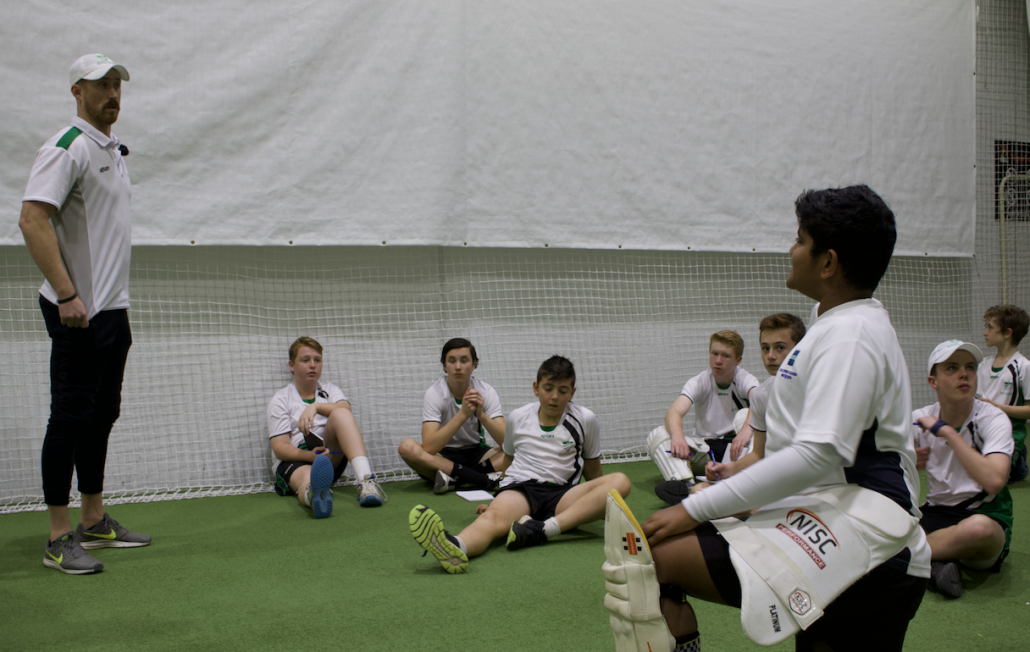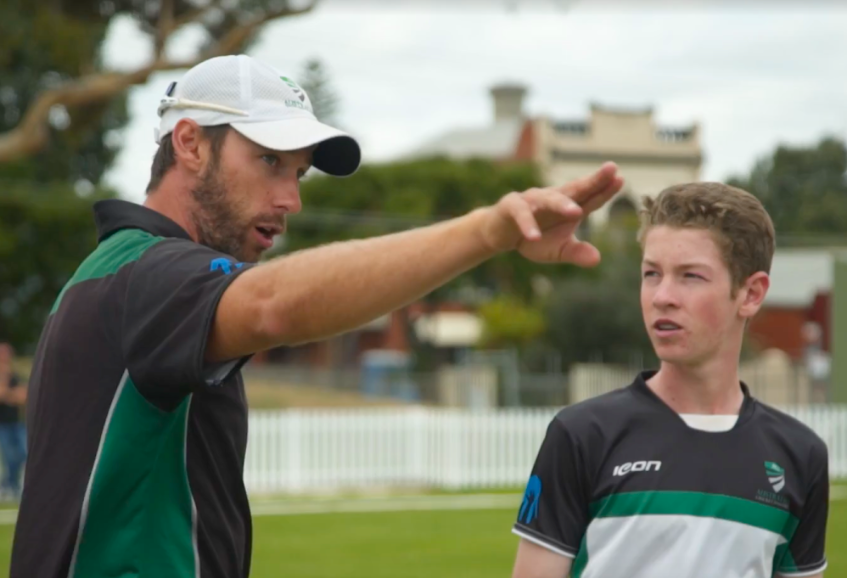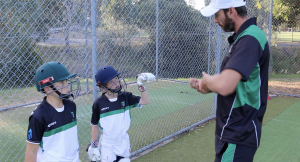Confidence in your abilities is key to performing consistently.
I’m sure you’ve seen it in other aspects of life before, and I don’t want to mistake arrogance with confidence.
Being confident means you are happy to perform the skill, and know you will execute it well.
When you are confident you have no issues with it. You are comfortable and happy to be doing it.
The problem arises when there is little confidence in the task at hand.People are more apprehensive and not willing to do it due to the consequences that may result in a sub standard effort.
More so, I think it’s what other people will think and judge you on which makes things harder if you are not confident in performing that particular skill.
Over time seeing many, many young players evolve and develop their skills, we’ve managed to underline a few key areas where we feel if these are done correctly will help foster that increase in confidence.
A lot of feedback we find parents giving us is that the biggest change is their consistency and confidence in what they are doing...
“He just feels much more confident and looks happy and confident being out there” or “she’s increased her levels of confidence so much”.
As you can see these areas are vital for many players to gain that confidence to play the way that they need to. We’ve provided 5 key steps to becoming a positive cricketing parent.
So what are these 5 Steps?
1. Enable/Encourage Mistakes
This is referencing more about the environment at training or at home. We find that one of the major factors is that many players are so afraid to make mistakes they often really hold off on expressing themselves or playing the game on their strengths.
One thing we speak about is creating an environment where they understand it’s ok to make mistakes, as long as they learn from it.
We want players to have the confidence to make these errors but it’s then the time after reflecting and dissecting what happened which is vital.
Having that weight off their shoulders is massive. They tend to go from " I don't want to stuff this up!" to "Let's have a crack and see what happens!" A total reversal in their psyche and body language.

2. Place Minimal Pressure
I think a major part of the whole confidence to perform is the thought of letting people down and stuffing up.
A major area that we place on our programs is highlighting the enjoyment factor and doing it to have fun.
Placing pressure on players can be a huge influence on their confidence levels.
The idea of going out and trusting their preparation places less pressure on them to perform and emphasises the need to have fun and enjoy what you are doing more so than the result that is going to take place.
3. Don’t Think About The Outcome - Be Process Orientated
I’m sure you’ve all heard about the whole process orientated way of thinking.
The idea of taking your focus away from the result, and focusing more on the steps that need to be taken in order to achieve that desired outcome.
A big factor in this is getting young players to place emphasis on plans at training and identifying a focus on what they want to work on/improve.
All of a sudden from this, they take their focus away from the big result “scoring runs or taking wickets” and now set themselves up to succeed on the smaller side of things that all culminate into the end result.
For example, focusing on executing a delivery or a particular way of scoring or making positive decisions. Rather than the emphasis on scoring a 50 or taking as many wickets as possible, the focus is switched to the process of doing this.
Take away that pressure or importance of scoring a 50 or you have to take wickets today or we will loose mentality. Replace that with what do you need to do well over and over again today and focus yours and their energy on that.
4. Find The Right Time To Give Feedback
Another tough part of this is when giving feedback. I see a lot of parents asking us about the right time to evaluate their children's performance.
I think the time to give feedback is when emotion is not as raw and fresh.
Try to refrain from speaking to them straight away as they’ve come off the field or when they come up and get a drink.
Find a time when emotions are less raw and the event isn’t as fresh to then ask if they would be comfortable to chat.
Ian Renshaw spoke about the time that he speaks to Matt Renshaw about his performance in a recent interview with cricket.com.au
Ian spoke to Cricket Australia writer Adam Burnett that he established his own ground rules. He would keep his distance immediately after Matt was dismissed, and he wouldn't try to tell him anything.
Instead, when he sensed the time was right, he would gently pose some questions, and allow the steps towards a solution to unfurl. (Read the full article here)

5. Choose The Tone You Lead In With
I think one thing that really does set out the standards and the mindset that young players get in once they have come off the field is the tone or the way that the feedback is delivered.
As we mentioned, picking the correct time is so important, but it’s also how you guide the conversation and the tone that you set when you start it.
It really pays to be open and non judgemental. Many young players find it hard and are overcome with emotions when parents are the ones giving feedback.
I’m sure you’ve either experienced it yourself or you’ve heard you fellow parent friends say “oh I’ve said that many times, but they don’t listen to me!”.
The tone of the conversation and what you actually ask is vital here. Don’t just come to judgement straight away.
With playing cricket there are many ways to play the game, many different techniques that get the same desired results.
We find that because you yourself wouldn’t do it that way in particular, then the thought is automatically it’s incorrect.
Instead of that thinking, ask many open ended questions and see if you can find the meaning behind what they did...
Did they have a plan? Can they justify what they did? If they can that’s great! It’s just the execution that has to be worked on. If not and they had no plan, that’s cool, it’s something you can start to implement when they are training.
But the key to this is how you approach it and the language and tone that you use. As I’m sure all parents are aware in everyday life, the way you say things will evoke a certain reaction.
These factors can provide a framework to understanding how to create an environment that builds much more stronger and confident cricketers.
Of course, not only these, but we find these 5 hold significant weight to creating that level for players to come out of their shell and stop living in the fear of failure.
Many players have the ability to perform consistently to a level that is above theirs currently.
It’s all about shaping that and providing an environment and training habits that encourage players to be free and back their strengths to get the job done.
The more confidence people have in their ability and plan, the easier the game gets.
Author: Joel Hamilton - ACI Co - Founder & Coach


